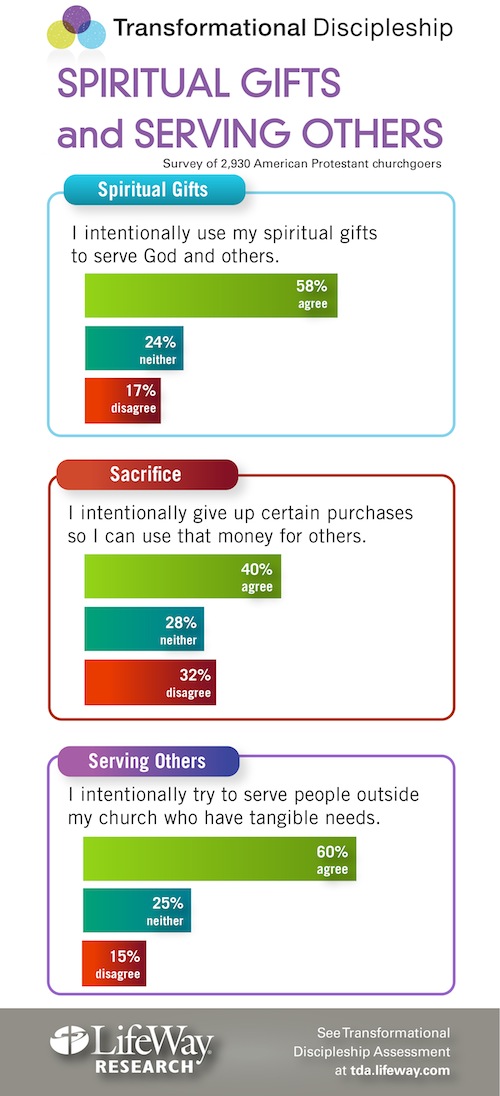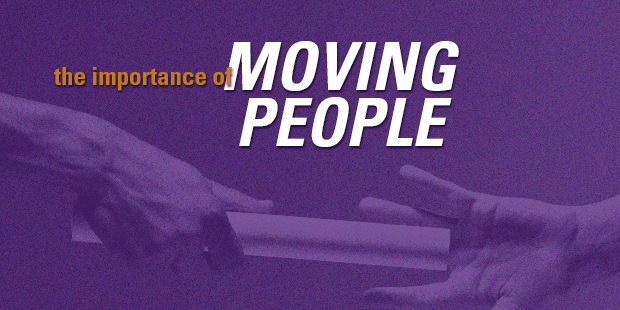
5 Characteristics of Transformative Small Groups
As culture drifts more and more toward individualism, transformational churches are taking on the responsibility of moving people into authentic relationships with each other, many through the instigation and encouragement of small groups. Though a hermeneutically responsible scriptural case cannot be made specifically for the institute of small groups, the Bible does offer examples of the need for and benefits of small units of community.
In Exodus 18, Jethro approaches Moses and says, “What you’re doing is not good . . . You will certainly wear out both yourself and these people” (Ex. 18:17-18). The principle here is applicable for pastors, church leaders, and members: when people do not have small units of connection and relationship, it wears everyone out – the pastors and leaders because they are constantly working to fulfill that need for connection; the members because they are unable to be in the nurturing relationships that they need but cannot necessarily have with pastors or leaders. Similarly, small units of community allow people to “carry one another’s burdens” (Gal. 6:2) in a way that simply is impossible in large group settings. Therefore, Scripture favors small settings for accomplishing genuine community.
In addition to scriptural favor toward small units, the institution of small groups addresses significant cultural needs. In Bowling Alone, sociologist Robert Putnam explains the shift in our culture away from community and toward “cocooning.” Think about it. People used to bowl in leagues. They’d wear funny shirts, go in groups, and bowl together. Now, leagues are a fraction of what they used to be, and people bowl alone. Similarly, while we used to have front porches, now we have back decks. We have home theaters and home gyms. As a result of this societal shift, the nuclear family is nuclearized into small units, disconnected from others along the way. However, I believe a shift back toward interpersonal relationships is taking place.
Why is this shift happening in the church? Because small groups are meeting the needs of people to grow in faith by learning in a community with some purpose. We want and need to be connected– it is not good to be alone– so that we can grow and help one another.
Most of these needs can be best met in small groups, where people are able to mature in their faith as they respect, appreciate, listen to, and hear those in community alongside them.
Though Christians experience the need for authentic community, they often need nudging to acknowledge and live in the reality of that need – not unlike many of us who understand our need for exercise, but require encouragement to participate and, thus, enjoy the benefits! In the church setting, small groups provide an opportunity to encourage people into life-changing community. However, the significance of small groups goes beyond the benefits of personal life change and becomes crucial for the transformational church. Five important facets of small groups demonstrate their transformative nature:
1. Connectible: Small groups connect people in relationships. According to William Hendricks in Exit Interviews, one common reason given by people who leave churches is a failure to connect in relationship. Small groups provide a comfortable environment for newcomers to connect.
2. Reproducible: In human growth, multiplication allows the cell to become multiple cells, which allows change and growth to occur. Similarly, for growth to occur in the church, people groups must continuously grow and multiply. Small groups are more easily multiplied than large groups.
3. Assimilative: Just as small groups connect newcomers to the church through relationships, small groups assimilate members to ministry through service. As people in small groups grow in relationship together, they will readily serve alongside others and integrate into ministry opportunities.
4. Transformative: Small groups allow individuals to experience faster and deeper personal transformation through authentic community. For non-Christian seekers, small groups provide a safe setting to ask questions in a community of people who also wrestle and struggle. Thus, when they do come to faith in Christ, they are more likely to experience authentic life-change having been in and remaining in community.
5. Transferable: Small groups can be excellent ways to start churches. As an essential element of the transformational church, church planting generally necessitates a core group of people who are sent out to reach a new area.
Small groups provide the transformational church with an opportunity to connect members in genuine relationships. Through interpersonal relationships, small group members will experience life-change as they fulfill their need for community in an individualistic society. Ultimately, as small groups grow and multiply, so will the church.
Read more from Ed here.

Tags: Discipleship, Ed Stetzer, Small Groups, Transformation






























